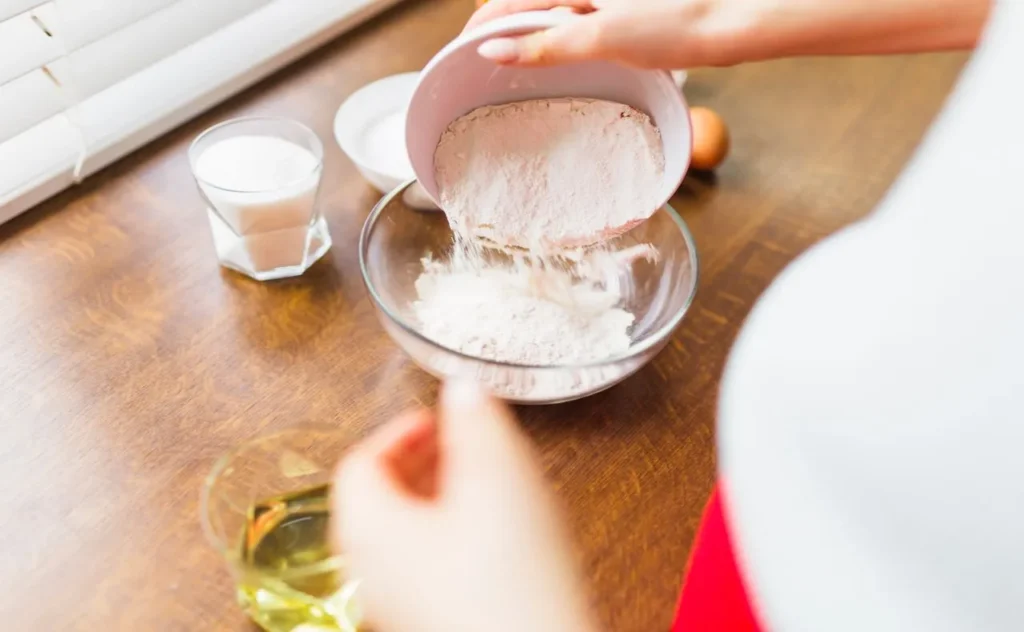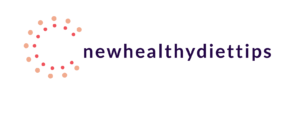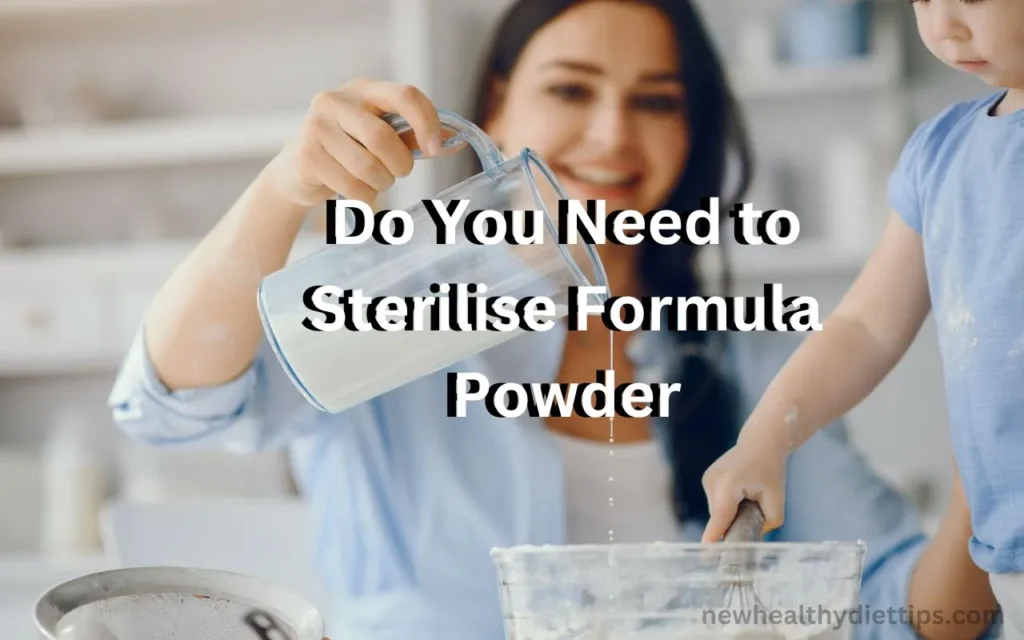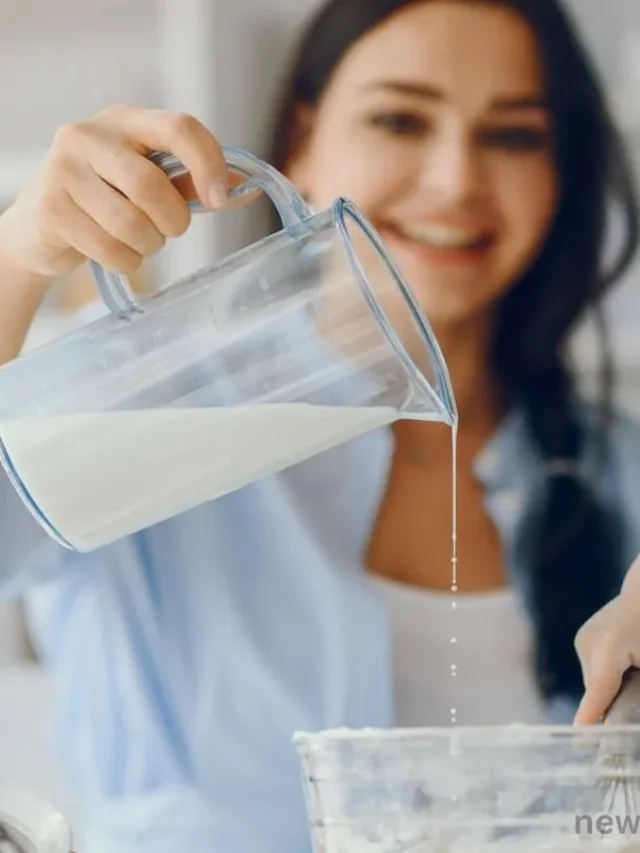You’re a new parent and want to feed and care for your baby properly. Keeping track of what’s necessary and excessive might be difficult with all the laws and guidelines. Many consider sterilizing formula powder a “must-do” item. Do you need to sterilise formula powder before bottling? Can you skip that step, or is it worth the extra time and effort? We’ll examine formula sterilization facts in this article so you may make an informed decision for your family. With so much to consider as a new parent, we want to help you separate myth from must-do so you can bond with your newborn.
Why Is Formula Powder Not Sterile?
Do you need to sterilise formula powder, formula powder begins out sterile, but manufacturing and packaging procedures compromise it. The powder loses sterility when combined with water. The factory packaging and home opening can contaminate the powder with bacteria and other germs.
Air exposure
When you open a new formula powder bottle, microbes are in the air. These may contaminate the powder. Formula powder contains preservatives to prevent bacterial growth, but warm, humid circumstances might still cause it. Store formula powder in a cool, dry place to reduce airborne contamination.
Water Mixing
Germs thrive when powder is mixed with water to generate a liquid formula. Unrefrigerated formula beyond 2 hours is dangerous for your baby. Discard the remaining formula within 2 hours of preparation. Never refeed leftover formula.

Double-dipping
Do you need to sterilise formula powder, it can also be contaminated by double-dipping the scoop. Scooping powder out and reusing the scoop can spread bacteria to the powder. Always use a clean, dry scoop for bottling. Never return used scoops to powder containers.
Protecting your baby’s meals from contaminated formula powder is vital, despite low risk. Good hygiene, powder storage, and bottle preparation can keep your baby healthy and happy. Talk to your pediatrician about your baby’s formula.
Do You Need to Sterilise Formula Powder – It Needs to Be Heated?
When making powdered infant formula, many parents wonder whether to heat it. No, powdered formula must not be heated or sterilized before feeding. The powdered formula is not sterile. However, it is made under strict hygienic circumstances and pasteurized to kill hazardous microorganisms before packaging.
Safe Preparation
Do you need to sterilise formula powder, it is safe for newborns when combined with water as directed. Preparing and utilizing each bottle immediately is crucial. Shake or blend the powder with the recommended quantity of water in the bottle and serve. Avoid making a batch of formula ahead.
No Boiling Required
The powdered formula requires no boiling or bottle sterilization. Use clean, bottled nursery water or filtered tap water. Wash bottles, nipples, and other equipment in hot, soapy water and rinse well. Air-dry everything to prevent bacterial development.
Proper Handling
Unopened powdered formula maintained in a cool, dry place away from direct heat or sunshine has a long shelf life. The formula should be used within a month of opening. Always secure the container lid while not in use. Before handling powdered formula, bottles, nipples, or utensils, wash your hands.
Immunocompromised or preemie precautions
Preterm, low-birth-weight, and immunocompromised babies may require extra measures. Talk to your pediatrician about sterilizing formula water. They may suggest boiling and sterilizing bottles, nipples, and other equipment before and after use. While following recommendations and maintaining hygiene, powdered formula is safe for most healthy, full-term newborns.
Does Formula Need Sterilizing?
Hello, parents, do you need to sterilise formula powder? Many new parents wonder if they must sterilize powdered formula before combining it. No, the powdered formula does not need sterilization. Sterilization eliminates all bacteria, viruses, and other germs, but formula powder does not need it.
To prevent contamination, powdered infant formula is strictly regulated. The powder is heat-treated to destroy microorganisms before being packed for sale. The powder stays sterile if the packaging is unopened and stored in a cool, dry area.
Carefully Prepare
After opening and preparing the formula, bacteria can proliferate. You must adequately mix and prepare each bottle according to the instructions. Always use boiled, cooled water at 158°F or 70°C. The boiled water kills microorganisms, and the heated temperature sanitizes the powder without affecting its nutritious value.
Proper Handling
Only prepare the formula by washing your hands. Clean bottles, nipples, caps, and scoops with hot, soapy water and rinse well. Never add the powder to concentrate the recipe. Make only enough for one meal and discard the rest. Keep prepared formula bottles in an insulated cooler with ice packs when traveling. Avoid storing prepared bottles at room temperature.
Safe, nutritious powdered infant formula can be fed to your baby by following essential cleanliness and preparation instructions. As long as you properly prepare and manage each bottle, powder sterilization is unnecessary and What Are The Examples of Health Hygiene? Consult your pediatrician if you have formula or feeding concerns. They can determine if your baby’s health and age require particular measures.
Do You Need to Sterilise Formula Powder: Necessary or Not?
Is sterilization necessary?
Nonsterile powdered newborn formula may contain Enterobacter sakazakii. An infant is unlikely to get sick from tainted formula. Most babies do not need sterilized powdered formula.
When to sterilize?
Some propose sterilizing powdered formula as a precaution. For premature babies, infants with weaker immune systems, and babies under 2 months old. Formula sterilization destroys bacteria and keeps fragile newborns safe.
Formula sterilization
Do you need to sterilise formula powder there are steps for sterilizing formula:
Make sure to clean all bottles and formula preparation equipment thoroughly. Clean everything with hot, soapy water and rinse.
Second, sterilize bottles, nipples, and equipment for at least 5 minutes. Stovetop, electric steam, or cold-water sterilization (bathing in bleach) are options.
3. Allow goods to air-dry thoroughly to prevent contamination. Do not towel dry.
4. Thoroughly combine powdered mixture with water as instructed. Do this before feeding for optimal results.
5. Heat the formula only to 37°C or 98.6°F. Check the baby’s temperature before feeding.
6. Discard any remaining formula after 24 hours. Not for later.
7. Maintain equipment sterilization for the necessary duration based on the baby’s age and health. Get advice from your baby’s pediatrician.
Sterilizing powdered formula gives peace of mind, but most newborns are safe with basic cleanliness and formula preparation. If you have health or nutrition concerns, consult your baby’s pediatrician.
Conclusion
The common question for all parents do you need to sterilise formula powder. Some think sterilizing formula powder is excessive, but others like it to be safe. Each parent must weigh the dangers and make the best decision for their family. Staying current on safety guidelines and not worrying about perfection is crucial. Parenting is hard enough without worrying about everything. Your kid will flourish with or without sterilized formula if fed, loved, and cared for. Trust your instincts—you’ve got this! Our Services include the best healthy eating habits, nutrition guides, diet, nutrition plans and newsdailytime.
FAQs
Do I need to sterilize infant formula powder?
Sterilizing powdered formula before feeding is advised but not essential. Sterilization is optional if you use clean, adequately boiled water and fresh, within-use-by formula powder maintained in a cold, dry place. The safest method for infants under 3 months or with compromised immune systems is sterilization, which kills microorganisms.
How can I sterilize powder?
The powdered formula is best sterilized by heating it to 158°F or 70°C for 10 minutes. Common ways are:
For sterilization, add powder to boiling water, stir thoroughly, and boil for 10 minutes. Allow to cool before feeding the baby. Bacteria are killed, but formula nutrition may suffer.
For steam sterilization, place powder in a steamer over boiling water. Cover and steam for 10 minutes. After cooling, feed immediately. This retains nutrition and reduces bacteria.
For microwave sterilization, combine powder and water in a microwave-safe container and heat on high for 10 minutes, stirring every 2 minutes. Uneven microwave heating might cause hotspots, so be careful for small amounts of powder only.
Whatever you use, avoid scorching yourself or your infant. Make sure the temperature is safe before feeding. Use sterilized formula immediately.
Are there alternatives?
Ready-to-feed and concentrated liquid formulas do not need sterilizing and may be more handy when traveling with your baby. Due to its longer shelf life, powdered formula is cheaper and easier to store in terms of Do You Need to Sterilise Formula Powder.


